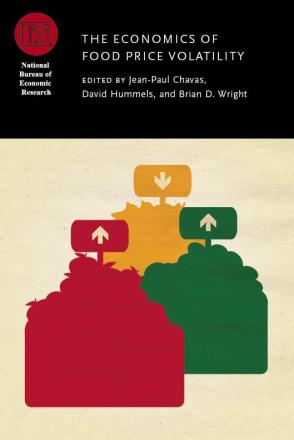Biofuels, Binding Constraints, and Agricultural Commodity Price Volatility

The share of U.S. corn production used to produce ethanol increased from 12.4% in the 2004/05 crop year to over 38.5% in the 2010/11 crop year, and remained there even in 2011/12. Even after accounting for return of by-products to the feed market, this is a persistent new demand for corn that has changed price dynamics. Nevertheless, the role of biofuels in determining recent high corn and other agricultural commodity prices and volatility remains controversial. Policy measures to encourage biofuels production, including the Renewable Fuels Standard (RFS) mandates, subsidies to ethanol blenders, regulations on gasoline chemistry, and import tariffs, helped create this demand for corn and contributed to incentives to create the capacity to produce ethanol and to use corn for fuel rather than food. Various aspects of implementing that policy and the economics of ethanol plant operation suggest very inelastic industrial demand for corn, contributing to both higher prices and greater price volatility. But turbulence in recent economic events have caused the mechanisms through which biofuels demands influence corn and other agricultural commodity prices to vary over time in ways that are observable in data. Price volatility and "subsidy incidence" also depend on which regime is in place.


